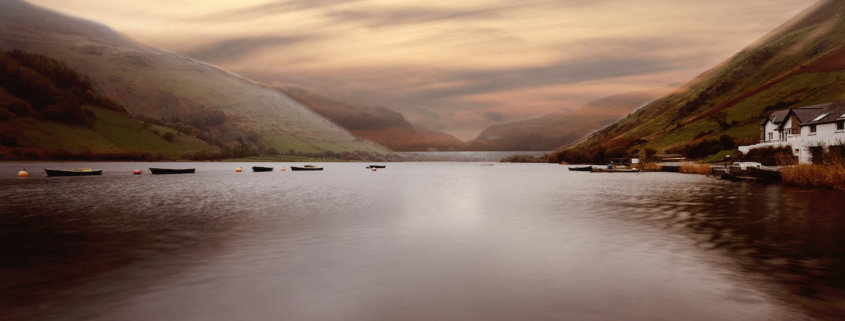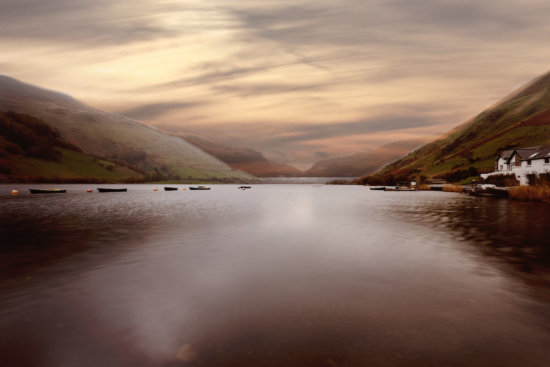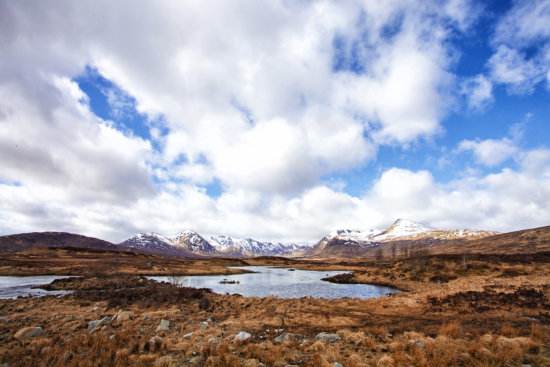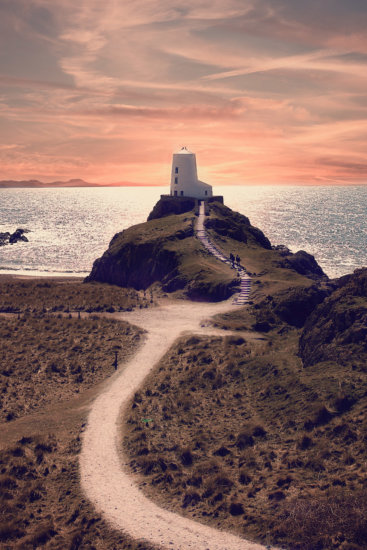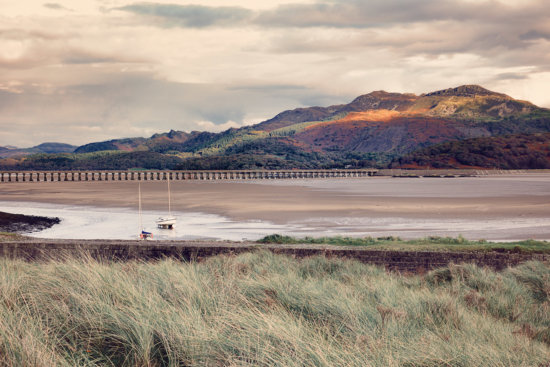The Tao of Landscape Photography
I spend the majority of my working life photographing people in a studio setting where technically, everything is controlled. The differences in each studio subject brings some variation but with the technical aspects locked down, I can focus all of my experience and skill on that person.
Working with people demands a certain mindset; it involves your energy and focus along with the experience of reading and directing people. I can control all of these things. For example, if my sitter isn’t engaging with me, I can alter my tact and demeanor to illicit a response. If I feel my energy drop or know I’m not connecting, I can throw a curve ball to shake things up.
Landscape photography is the antithesis of studio work and requires a completely different mental approach. In my opinion, it’s is the perfect yin to the yang of my studio day job.
For many photographers, landscape photography is a constant battle to remove as many variables from the process as possible. Considering the amount of available information on the internet, this has become fairly easy. Websites provide shoot location recommendations along with directions and coordinates, hourly weather reports, and sun-position calculators.
Although these resources can take a lot of the guessing and legwork out of landscape photography, I feel they make the process very prescribed. You drive to a location during a recommended time, set up the shot, shoot, go home, and edit. I personally think that something magical is lost by not allowing yourself to simply be in the moment with your camera.
By going to a location blind, you’re forced to slow everything down. You have to actually see and feel and search for your image. Rather than shooting from a script, you have to use all of your senses, digest what’s there, and try to capture something from it.
The most important thing to realize about landscape photography is that you can’t force an image. Once you come to terms with that realization, it’s incredibly freeing. Some days it just doesn’t happen and once you accept that fact, it allows you to approach things with a certain amount of fluidity.
That mindfulness of truly observing and allowing your surroundings to affect and motivate you takes time to develop and everyone has their own way of ridding their heads of distractions. But ultimately, it’s the instant gratification and the goal-orientated nature of our modern culture that are the hardest things to shake off.
Taking that first step is the key. Be bold and get out there with just your camera and tripod and let your instincts grow. Discover the world with a fresh perspective and find your own unique vision.

